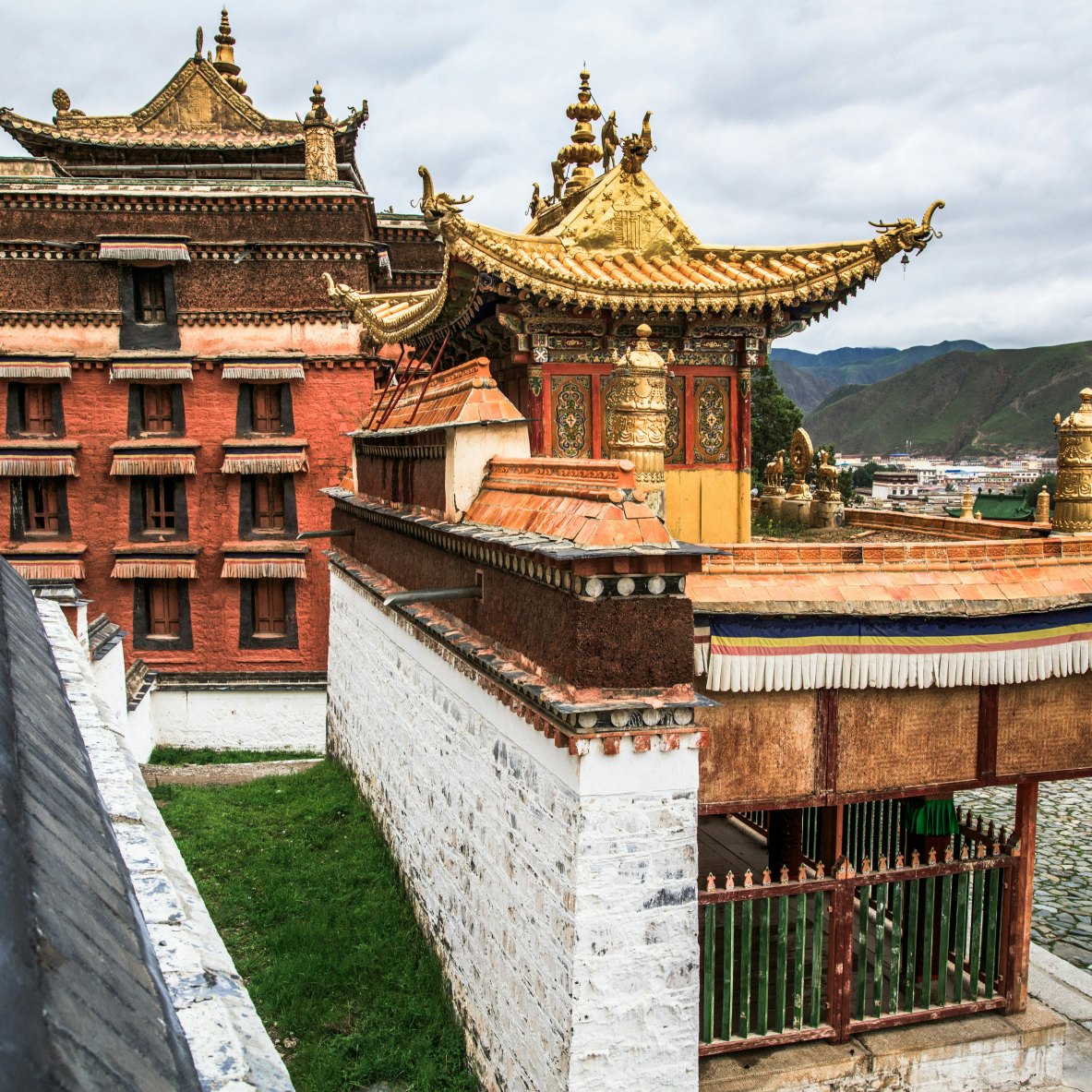

©Haines/Shutterstock
Overview
China. The name alone makes you want to get packing. It's going places, so jump aboard, go along for the ride and see where it's headed.
Must-see attractions
Planning Tools
Expert guidance to help you plan your trip
Best Things to Do
China offers a unique-in-the-world mix of ancient heritage and modern life. Get a taste of the country with our list of the best things to do in China.
Read full article
Best Places to Visit
China is packed with dichotomy: ancient Buddhas sit alongside ultramodern, high-tech cities. These highlights will make your trip both restorative and exciting.
Read full article
Best Time to Visit
Pick the best time for your visit to China with this seasonal guide to the weather, crowds and most fascinating festivals.
Read full article
Transportation
China is astonishingly huge, amazingly diverse – and remarkably well connected. Here’s how to get around the country by train, bus, bicycle and more.
Read full article
Visa Requirements
Stretching from Central Asia to the jungles of Vietnam, China is a land of endless travel opportunities. Here's what you need to know about getting a visa.
Read full article
Get Connected
Stay connected on your trip to China with these helpful tips.
Read full article






















